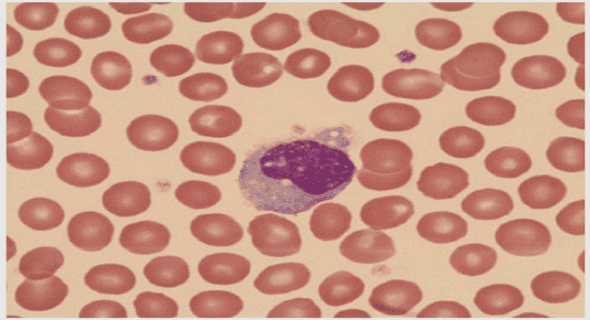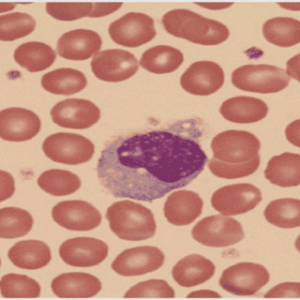(Downloads - 0)
For more info about our services contact : help@bestpfe.com
Table of contents
Introduction
1.1. Objectives
1.2 Context
Epidemic intelligence
2.1. Definition
2.2. Elements of language
2.2.1 Risk and hazard
2.2.2 Indicator and event-based surveillances
2.2.3 The process of epidemic intelligence: from data collection to reporting
2.2.4 Existing systems
2.2.5 Presentation of the French epidemic intelligence system for animal health
2.3. Preliminary evaluation of the FEIS
2.4. Limitations and challenges
A pluridisciplinary approach to data collection in the context of tool development
3.1. Introduction
3.2. Development of an automated media monitoring tool for animal health (PADI-web) .
3.2.1 Internet event-based surveillance
3.2.2 Platform for Automated extraction of animal Disease Information from the web (PADI-web)
3.2.3 Retrospective study of the novel coronavirus disease (COVID-19) in China using PADI-web
3.3. Development of an online data collection tool for mass gathering surveillance
3.3.1 Context of mass gatherings
3.3.2 Disease surveillance in the Pacific
3.3.3 Electronic disease surveillance
3.3.4 SAGES tool
3.3.5 Application of SAGES to enhance disease surveillance during the Micronesian Games in the Federated States of Micronesia in 2014
3.4. Section discussion
A pluridisciplinary approach to data analysis in the context of risk characterization
4.1. Introduction
4.2. The analysis of the circulation of arboviruses in the Pacific (2012-2014)
4.2.1 Introduction to arboviruses in the Pacific
4.2.2 Context of the study
4.2.3 Material and methods
4.2.4 Main results
4.2.5 Study discussion
4.3. The estimation of the spread rate of lumpy skin disease in the Balkans (2015-2016)
4.3.1 Lumpy skin disease
4.3.2 Modelling the spread rate of infectious diseases
4.3.3 Context of the study
4.3.4 Material and methods
4.3.5 Main results
4.3.6 Study discussion
4.4. Section discussion
Discussion
5.1. Summary of my contributions
5.2. Defining epidemic intelligence
5.3. Identification of drivers
5.4. Integrating different disciplines and expertise
5.5. Other levels of integration
5.6. Strategies to facilitate integration
Perspectives
6.1. Perspectives relating to the case studies
6.2. Exploring new data streams
6.3. Integrating new technologies
6.4. Disease x: anticipating the emergence of unknown viruses
6.5. From reactive to proactive
References



